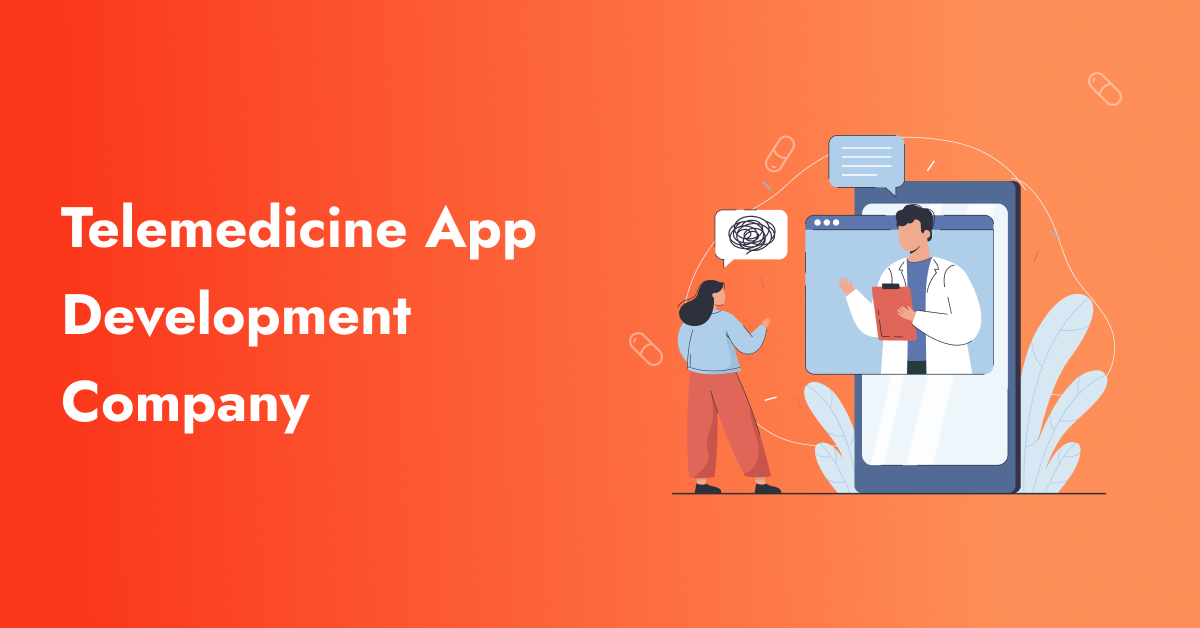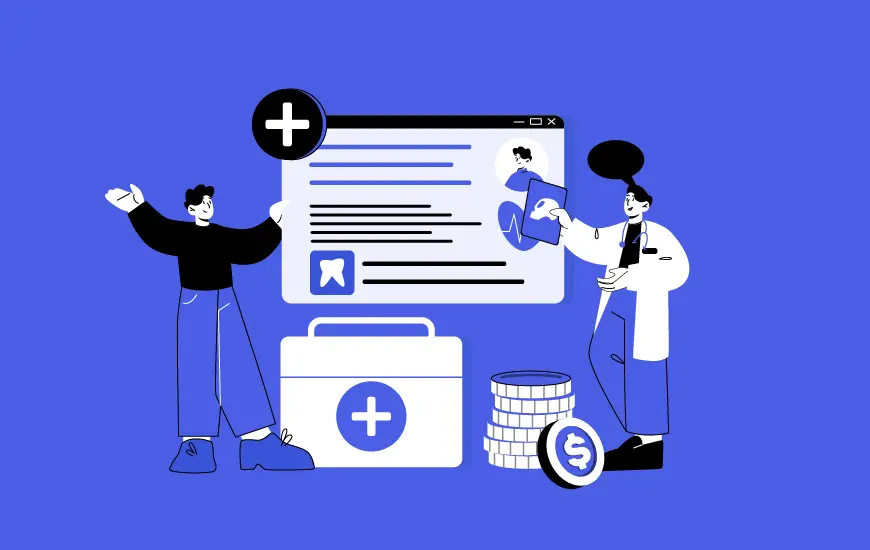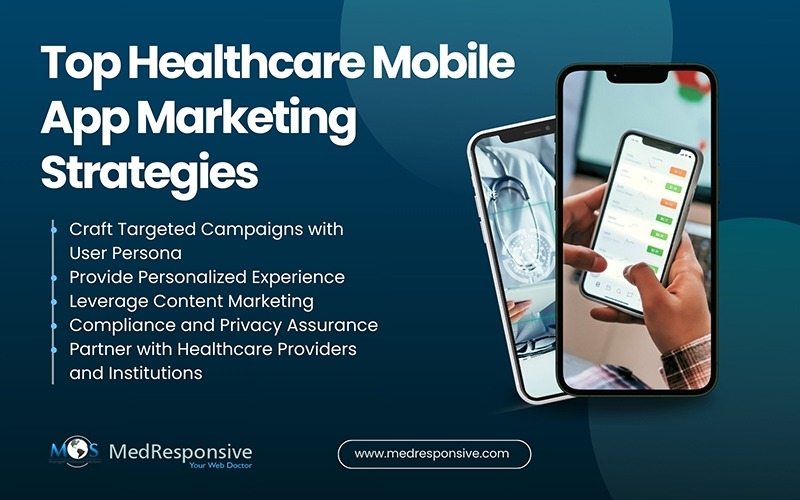Hire Smart Contract Developers
Hire smart contract developers from Agicent to architect secure & scalable blockchain solutions. We help startups and enterprises build, deploy, and optimize smart contracts for DeFi, NFTs, DAOs, supply chains, and more. So, whether you're launching a new blockchain project or upgrading an existing one, our experts ensure your contracts are flawless, cost-effective, and built for scale.
Our Smart Contract Development Solutions
As we've spent 8+ years in this field and built DeFi platforms, NFT marketplaces, and enterprise blockchain solutions for our clients, our team always stays up to date with the latest blockchain tech. Thus, we can help you to build secure and scalable smart contracts that fit your needs.
Custom Smart Contract Development: We create smart contracts from the ground up, ensuring they are secure, efficient, and tailored to your use case—be it finance, supply chain, gaming, or enterprise automation.
Smart Legal Contracts: Automate agreements with legally enforceable smart contracts that execute terms without intermediaries, reducing risks and costs.
dApp Smart Contracts: Our blockchain experts specialize in developing smart contracts for decentralized applications (dApps), enabling trustless transactions and seamless blockchain interactions.
Smart Contract Audits & Security: A single vulnerability can cost millions. Our thorough audits identify and fix weaknesses, ensuring your smart contract is secure and attack-proof.
Our Approach to Flawless & Secure Code
One small flaw can lead to security breaches, high gas fees, or even lost funds. That’s why you need experienced developers who write efficient, secure, and audit-ready code. We follow a stringent development, testing, and review process to ensure every line of code is optimized for performance, security, and longevity.
Precision in Code Structure & Best Practices
We write clean, modular, and well-documented code for easy maintenance.
Meaningful variable names, structured formatting, and in-code comments enhance readability.
Adopting SOLID principles and design patterns ensures a scalable architecture.
Our Industry Experience
At Agicent, we harness blockchain-powered contracts to eliminate intermediaries, enhance transparency, and streamline operations for businesses across the following industries.
Finance & DeFi – Automates payments, cross-border transactions, lending, and settlements with reduced fraud risks.
Supply Chain & Logistics – Ensures transparency, automates contract execution, and prevents counterfeiting with real-time tracking.
Healthcare – Secures patient records, automates insurance claims, and ensures HIPAA-compliant data sharing.
Real Estate & Property Management – Simplifies transactions, verifies ownership, and automates lease agreements.
Why Hire Smart Contract Developers From Agicent?
A. Vetted & Industry-Leading Blockchain Developers
We hire only the most open-minded and energetic blockchain talent through a rigorous vetting process. Our developers are:
Experts in Solidity, Rust, Vyper, and Move
Proficient in Ethereum, Solana, Polkadot, Hyperledger, and Binance Smart Chain
Well-versed in DeFi, DAOs, NFTs, token standards, and cross-chain protocols
B. Security-First Smart Contract Development
Smart contracts handle millions of dollars in transactions. That’s why we follow:
Multi-layer security audits before deployment
Automated vulnerability scanning (Re-Entrancy, Integer Overflow, Front-Running, etc.)
Bug Bounty Programs to stress-test contract resilience
Source:
https://www.agicent.com/hire-smart-contract-developers
Hire Smart Contract Developers
Hire smart contract developers from Agicent to architect secure & scalable blockchain solutions. We help startups and enterprises build, deploy, and optimize smart contracts for DeFi, NFTs, DAOs, supply chains, and more. So, whether you're launching a new blockchain project or upgrading an existing one, our experts ensure your contracts are flawless, cost-effective, and built for scale.
Our Smart Contract Development Solutions
As we've spent 8+ years in this field and built DeFi platforms, NFT marketplaces, and enterprise blockchain solutions for our clients, our team always stays up to date with the latest blockchain tech. Thus, we can help you to build secure and scalable smart contracts that fit your needs.
Custom Smart Contract Development: We create smart contracts from the ground up, ensuring they are secure, efficient, and tailored to your use case—be it finance, supply chain, gaming, or enterprise automation.
Smart Legal Contracts: Automate agreements with legally enforceable smart contracts that execute terms without intermediaries, reducing risks and costs.
dApp Smart Contracts: Our blockchain experts specialize in developing smart contracts for decentralized applications (dApps), enabling trustless transactions and seamless blockchain interactions.
Smart Contract Audits & Security: A single vulnerability can cost millions. Our thorough audits identify and fix weaknesses, ensuring your smart contract is secure and attack-proof.
Our Approach to Flawless & Secure Code
One small flaw can lead to security breaches, high gas fees, or even lost funds. That’s why you need experienced developers who write efficient, secure, and audit-ready code. We follow a stringent development, testing, and review process to ensure every line of code is optimized for performance, security, and longevity.
Precision in Code Structure & Best Practices
We write clean, modular, and well-documented code for easy maintenance.
Meaningful variable names, structured formatting, and in-code comments enhance readability.
Adopting SOLID principles and design patterns ensures a scalable architecture.
Our Industry Experience
At Agicent, we harness blockchain-powered contracts to eliminate intermediaries, enhance transparency, and streamline operations for businesses across the following industries.
Finance & DeFi – Automates payments, cross-border transactions, lending, and settlements with reduced fraud risks.
Supply Chain & Logistics – Ensures transparency, automates contract execution, and prevents counterfeiting with real-time tracking.
Healthcare – Secures patient records, automates insurance claims, and ensures HIPAA-compliant data sharing.
Real Estate & Property Management – Simplifies transactions, verifies ownership, and automates lease agreements.
Why Hire Smart Contract Developers From Agicent?
A. Vetted & Industry-Leading Blockchain Developers
We hire only the most open-minded and energetic blockchain talent through a rigorous vetting process. Our developers are:
Experts in Solidity, Rust, Vyper, and Move
Proficient in Ethereum, Solana, Polkadot, Hyperledger, and Binance Smart Chain
Well-versed in DeFi, DAOs, NFTs, token standards, and cross-chain protocols
B. Security-First Smart Contract Development
Smart contracts handle millions of dollars in transactions. That’s why we follow:
Multi-layer security audits before deployment
Automated vulnerability scanning (Re-Entrancy, Integer Overflow, Front-Running, etc.)
Bug Bounty Programs to stress-test contract resilience
Source: https://www.agicent.com/hire-smart-contract-developers










